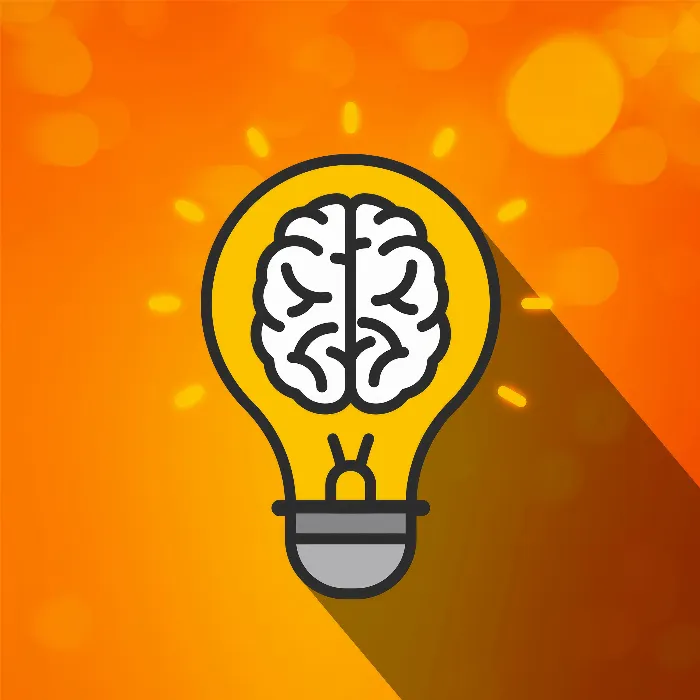The ability to recognize one's own strengths and weaknesses is crucial for your personal growth and professional development. Howard Gardner, a renowned professor, points out in his book “Extraordinary Minds” that particularly successful people possess this ability. They are able to realistically assess their skills and strategically develop their expertise. In this guide, you will learn how to identify your own strengths and weaknesses and work on them.
Main insights
- Self-reflection is the key to personal and professional development.
- Consciously identify strengths and weaknesses to work on them strategically.
- Constructive criticism can be a valuable resource.
- Perspective shifts are important for better self-understanding.
Step-by-step guide
Step 1: Initiate self-reflection
The first step on the path to self-knowledge begins with the question: What have you learned in your life so far? Consider which experiences have shaped you and what you are passionate about. Start keeping a list – begin with the things you have worked on and that bring you joy.
Step 2: Document strengths and weaknesses
Not only note your strengths, but also the weaknesses that you are aware of. Be honest with yourself and do not hesitate to write down weaknesses. You will quickly realize that it is helpful to review and adjust these lists regularly.
Step 3: Seek feedback from others
Ask friends and colleagues for their opinions on your abilities. Often, other people see things in you that you do not notice yourself. Surround yourself with people you admire and from whom you can learn. They will often provide you with valuable insights.
Step 4: Practice perspective shifts
Another viewpoint can be crucial to realistically assess your abilities. Consider how a mentor or an admired personality would perceive your strengths and weaknesses. This perspective shift will help you view yourself more objectively.
Step 5: Develop strengths
Identify which of your strengths you can strategically use for your personal and professional development. Set concrete goals to further develop and optimize these strengths. You can attend workshops, take courses, or work on them independently.
Step 6: Work on weaknesses
Now look at your list of weaknesses. Consider which of them you would like to improve and why. Set similar goals as you did for your strengths. You can attend seminars, read literature, or involve a mentor to work on these weaknesses.
Step 7: Continuous feedback and development
To ensure sustainable development, it is important to make self-reflection a regular part of your life. Continuously seek feedback and regularly update your lists and goals. Remember that no one is perfect and it is okay to keep learning.
Summary – Recognize your strengths and weaknesses – This is how you achieve honest self-reflection
The ability to recognize one's own strengths and weaknesses is an ongoing process. Through self-reflection, engaging with others, and continuous learning, you can develop personally and professionally. Take the time to regularly work on yourself, and recognize that every step is a valuable experience on your path to self-improvement.
Frequently Asked Questions
Why is it important to know one's strengths and weaknesses?It is essential to work strategically on one's own development and set realistic goals.
How can I best accept constructive criticism?Try to see criticism as an opportunity for improvement and not take it personally.
What role does feedback from others play?Feedback helps you recognize blind spots and gain new perspectives on your abilities.
How often should I update my lists of strengths and weaknesses?It is advisable to do this regularly, at least once a quarter or after important life events.
What if I can't find any weaknesses?Be patient with yourself; sometimes it can help to talk to others for more clarity.


